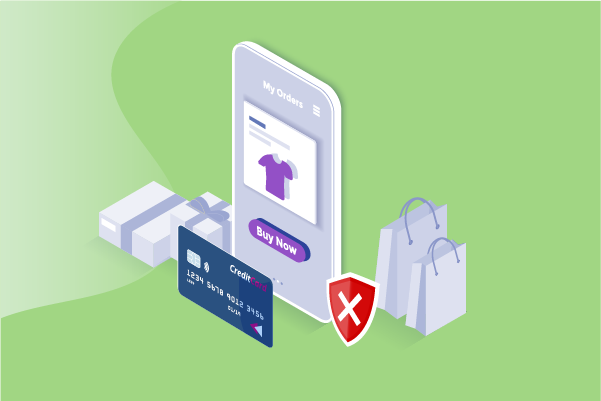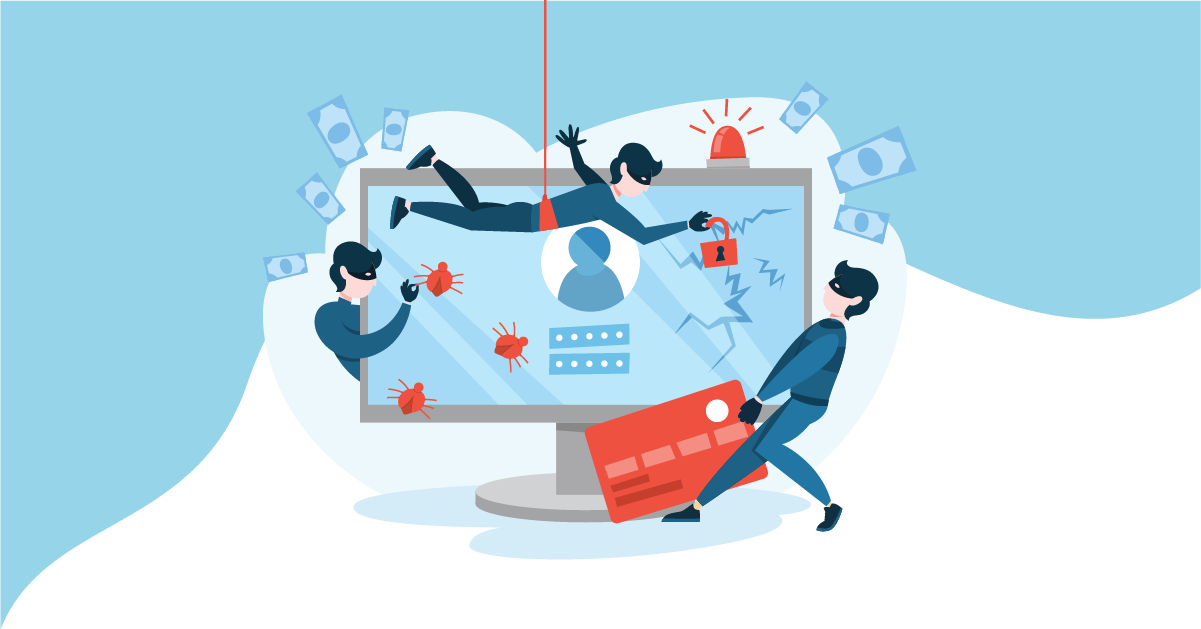
What Is Expense Fraud and How Can You Detect It?
Not all fraud is external. In fact, the Association of Certified Fraud Examiners (ACFE) estimates that organizations lose about 5% of annual revenue due to fraud committed inside the company. It’s the perfect storm: who knows your company better than the people who operate it? Employees often have access to tools and systems that make it easy to commit fraud and even cover their tracks.
One avenue that companies should be wary of is expense fraud — using expense reports to carry out fraudulent activities that look legitimate on the surface.
What Is Expense Fraud?
Expense fraud refers to abusing expense reports to use funds for non-authorized purposes. For example, it might be using a company credit card to pay for your spouse’s meal on a business trip, or buying gifts for family members and saying they were for clients.
Expense management processes can be easy to manipulate without proper oversight. Ironically, it’s the employees who hold the loftiest positions that are most likely to commit expense fraud. They have access to company credit cards, travel the most, and tend to be held to higher standards.
Types of Expense Fraud
Expense fraud can take multiple forms, each one using the expense report process to cover the tracks. Areas to watch include:
Fictitious Expenses
The most blatant type of fraud, fictitious expenses are completely fabricated. This type of expense fraud usually involves a fake receipt for a purchase that was never made. Audits on employees with high out-of-pocket expenses help to uncover this kind of expense fraud.
Multiple Reimbursements
With multiple forms of documentation (e.g. multiple receipts for the same purchase), employees can claim reimbursement more than once. This process might include submitting receipts through more than one channel. A system that looks at expense submissions line by line can help to identify multiple reimbursements. Otherwise, when dealing with large numbers of receipts, a double-entry can easily be overlooked.

Personal Expenses
Personal expenses and business expenses can look a lot alike. This is where it’s important to clearly outline your expense policy, including how much employees can spend, and what they can and can’t count as a valid expense.
Inflated Expenses
Inflated expenses are those that go above a set limit or are otherwise overstated beyond the actual paid amount. For example, this might be a tip added to a meal receipt that wasn’t paid. This can sometimes happen due to human error, but it’s also an easy avenue to commit fraud.
Can Expense Fraud Be Prevented?
Not all expense fraud is committed intentionally. But all instances of expense fraud should be investigated. The costs can seem minimal on a case-by-case basis, but they can quickly add up, with estimates of such fraud accounting for 14.5% of all fraud unrecovered.
A comprehensive fraud detection solution should include holistic internal auditing of review expense reports. Fraud detection can dial in on individual employees who might be the worst offenders, find instances of double reporting, and verify whether your company should be responsible for a particular expense.
To learn how DataVisor’s fraud prevention platform can help, request a demo and experience proactive AI-powered fraud prevention today.

Latest Articles








